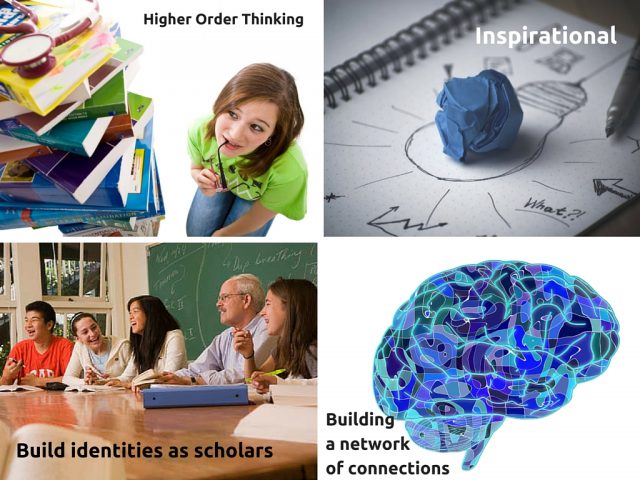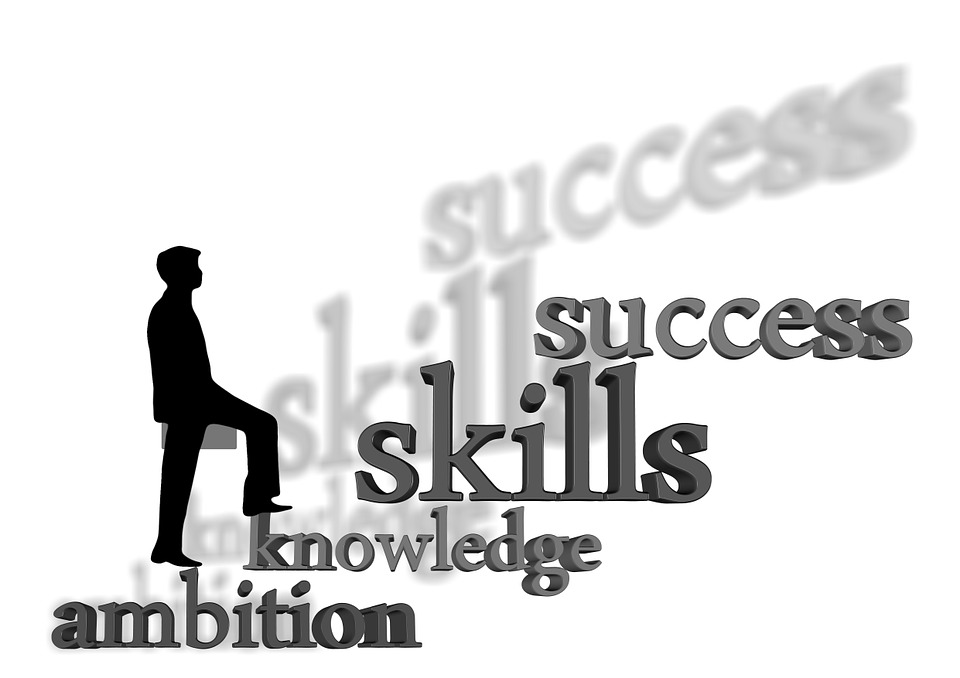Take a moment to glimpse into two different classrooms and see what you discover. One is traditional and the other is holistic, and they provide completely different learning environments, tasks, and student outcomes.
In a traditional classroom students are passive receivers of facts and figures, who will regurgitate what has been learned when asked. The traditional classroom relies on a traditional power structure, where the teacher is rule-maker at the front of the class, and the students know exactly what is expected of them at all times. A large emphasis is placed on competitiveness, and efforts are placed on achieving results.
In contrast, a holistic education classroom is dynamic. The space is laid out so that the focus is not on the teacher but on the subject matter, which is brought to life through experiments, discussions, and student-centered tasks. The path to understanding is taken in a less direct way, where process and discovery dictate how the class time is spent as much or more than product and result. Students are invested in their own learning and joy fills the classroom.
Which classroom do you think is a better learning opportunity? Read below to understand how holistic education exceeds traditional education.

Holistic education employs higher order thinking tasks.
Higher order thinking takes an unpredictable path, is complex, can have multiple solutions, involves judgement, uncertainty and self-regulation. It is a lot of work. A perfect example of the type of holistic education task that Little Mountain students participate in is the Design Cycle.
Holistic education inspires and builds a sense of wonder.
A Holistic education environment might provide opportunities for a student to expand a topic with some self-directed questions. Discovery is preferred to memorization, and so that means that learning about gravity would include an experiment at the beginning of class followed by a discussion where students try to decide what is going on. An essay topic might be inspired by a teacher’s personal story or a compelling news article shown in a clip on the big screen in class.
Holistic education helps people participate and build identities as scholars.
Holistic education employs group work, and can provide students with collaborative skills that wouldn’t be gained in other learning environments. Students feel connected and able to use their unique skills and voices together to create something or solve a problem. Providing students with discussion time, time to reflect and ask questions, puts the ball in their court and they kindle the flame of curiosity required to be intellectual leaders for life.
Holistic education creates a different kind of brain.
When students are required to listen and take in facts and then provide them when asked (like on a test), they begin to see education as a sort of knowledge ‘bank’ where others make deposits that they can withdraw at a later time. Traditional learning often looks like list making, memorizing techniques, compartmentalization, practicing, and then testing. In contrast, holistic learning is more like building a network of connections, like bridges or branches, which echo our own neural pathways in the brain. The type of information storing is different, because when one wants to access it again in the future, it is not compartmentalized. Each piece of the puzzle is connected to something else, and this series of branches is constantly being added to. Holistic education looks like making a web, finding connections, exploring, and expanding the topic.
To find out more about how holistic education can help your children succeed in long term, be sure to read Holistic Education and the Building of Future Leaders!



